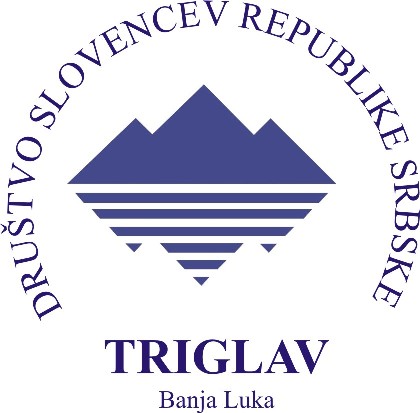Statistics of the past 150 years read that an average Slovenian has had less than 1% chance to die as a national of the country in which they were born.
The Slovenian language is one of the most archaic languages in Europe and in the world. It is the only EU official language which has the Dual. In addition, it has the most dialects given the number of inhabitants.
Over 56% of the Slovenian territory is covered in woods, which places Slovenia among 3 most wooded countries in Europe. It is interesting that in Slovenia, unlike many other countries, wooded area increasingly spreads out.
Močeril, aka human fish (proteus anguinus) lives in the Postojna cave. It has been named like that due to its pale and human-like skin colour and large blind eyes, adapted to eternal darkness and living in the cave. It is the only cave species in Europe. It has been protected in Slovenia since 1922. As of 1982, it has been on the list of rare and endangered animal species, trading in which has been forbidden.
The biggest ski jump – Planica is located in Slovenia. Visitors to this ski jump have witnessed over 60 world records in ski jumps.
In the territory of Slovenia, in the valley of Vipava, there was a battle which was direct cause to the split of the Roman Empire into two parts, East and West, in the year of 394.
The oldest Slovenian coat-of-arms, the Black Panther, as the symbol of Karantania existed even before heraldry appeared and is one of the oldest European coat-of-arms dating back in 1160.
The first Slovenian printed book was Katekizem, written in 1550 by Slovenian protestant priest Primož Trubar, reputed as the founder of the Slovenian literary language. Trubar chose the then city speech of Ljubljana as the literary language, with elements of dialects of Dolenjska and Gorenjska.
As early as 1584, a Slovenian, Jurij Dalmatin was the 12th in the world to translate the Holy Writ (Bible).
Slovenia has the oldest vineyard in the world. It is Žametna črnina (Modra kovčina), which is regarded to be over 400 years old! Despite the old age, it produces over 25 litres of wine every year.
The Slovenians are among rare peoples celebrating Napoleon’s arrival and occupation. To honour Napoleon, there is a memorial to Napoleon’s Illyria in Ljubljana, at the French Revolution Square, which was made by the greatest Slovenian architect Jože Plečnik.
The greatest European politicians and rulers gathered at the Holy Alliance Congress in Ljubljana, in 1821.
The winners of the war against Napoleon gathered in order to renew the balance of power in Europe, which was shaken by Napoleon’s conquests. Thereby, Ljubljana was entered into records of the European diplomatic history.
The Slovenians have a Nobel Prize winner. In 1923, Friderik Pregl won the prize for chemistry.
The Slovenians are the fifth people in Europe establishing its national park. The national park Triglav stretching around Mt. Triglav and covering 83,807 hectares was established in 1924.
The tallest industrial chimney in Europe is located in Slovenia. It is the thermoelectric power plant’s chimney in Trbovlje, 362 m high. It was built in 1976 within 210 days, whereas 11,866 cubic metres of concrete and 1,079 tonnes of iron were used in its construction.
The first married couple who climbed Mount Everest were Slovenian alpinists Andrej and Marija Štremfelj, in 1990.
A Slovenian, Benka Pulko, who travelled all continents and drove over 180,000 km in 2000 days, is the holder of the Guinness’s record as the woman who was riding a motorcycle the longest.
Out of all EU countries, Slovenia currently has the least number of individuals who graduated only from elementary school.




